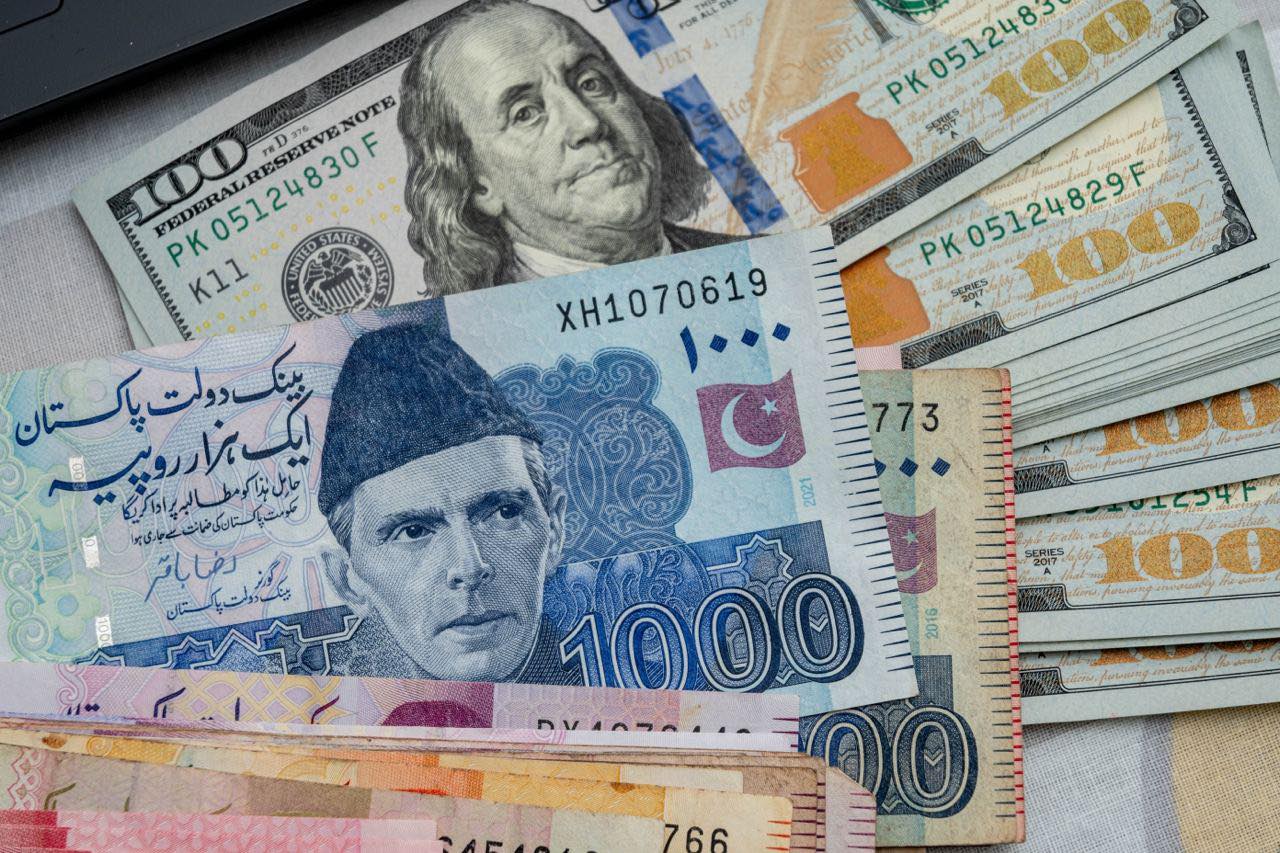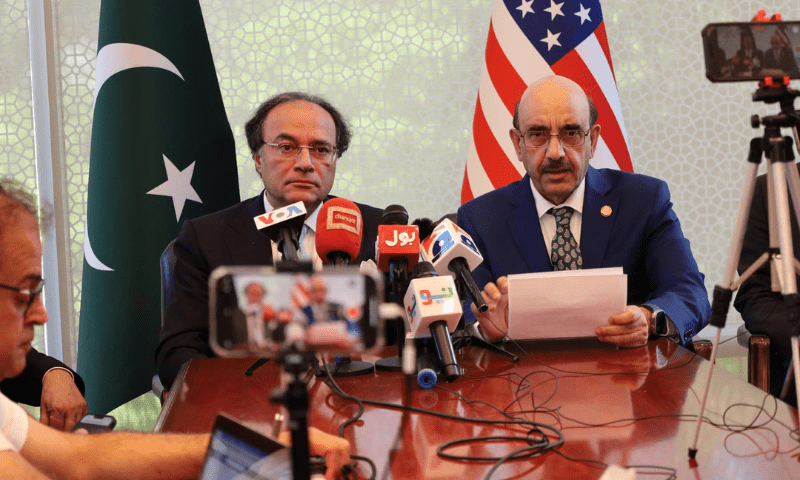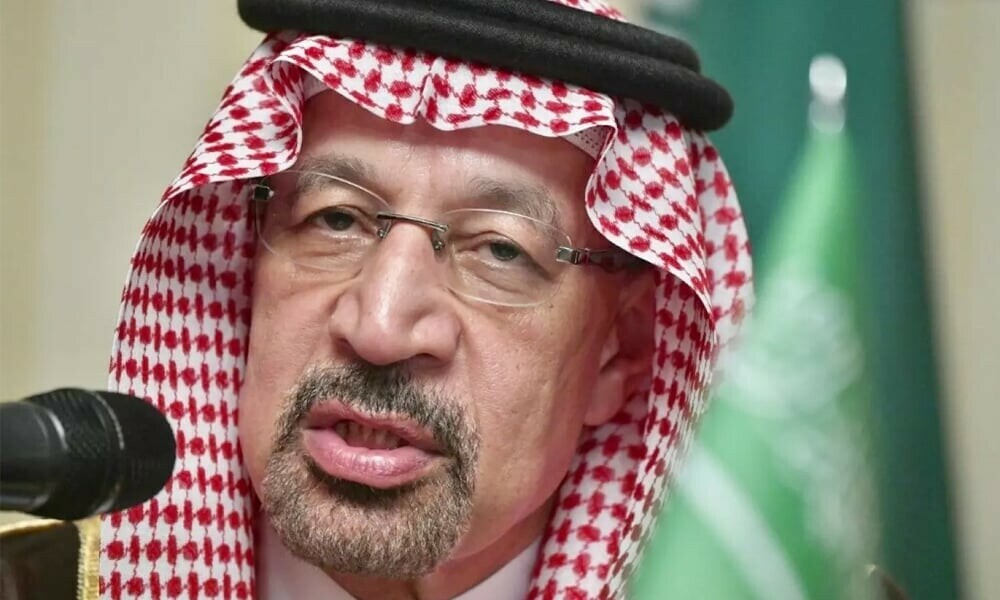PTBP Web Desk
the Pakistani rupee experienced a modest appreciation against the US dollar, marking a 0.04% increase in the inter-bank market. By 10:05 AM, the currency was trading at 278.72 PKR to the dollar, reflecting a gain of Re0.1 from the previous day’s close of 278.82 PKR, as reported by the State Bank of Pakistan (SBP).
This marginal improvement in the Pakistani currency’s value comes at a time when the international financial markets are navigating through a cloud of uncertainty. The US dollar, often a pivotal player in global forex dynamics, showed signs of weakness on Wednesday. After a significant drop of 1.2% against a basket of major currencies at the start of the week, the dollar stabilized but remained indecisive.
The primary driver behind this volatility was the ambiguous statements from US President Donald Trump regarding tariffs. Late on Tuesday, Trump announced the potential imposition of a 10% tariff on Chinese goods starting February 1, alongside threats of similar duties on European imports. However, the lack of concrete plans or timelines from his administration has left markets in a guessing game, influencing the dollar’s performance.
As of 0054 GMT, the US dollar index, which measures the greenback against six major currencies including the euro and yen, was down by 0.14% at 108. This slight decline indicates a cautious market, possibly anticipating further policy announcements from the White House.
Oil prices, another significant factor in currency valuation, saw minimal changes in early Wednesday trading. Brent crude futures slightly decreased by 3 cents to $79.26 per barrel, while US West Texas Intermediate (WTI) crude futures for March delivery fell by 9 cents to $75.74 at 0120 GMT. These movements follow Trump’s declaration of a national energy emergency aimed at boosting oil and gas production, which includes rolling back environmental regulations and withdrawing from the Paris climate agreement. Such policies could potentially increase supply, affecting global oil prices and, by extension, currency values.
For Pakistan, any fluctuation in the US dollar’s value directly impacts its import costs, trade balance, and overall economic stability. A stronger rupee could reduce the cost of imports, helping to curb inflation, but it might also make Pakistani exports less competitive on the global market unless offset by other economic policies.
The slight appreciation of the Pakistani rupee could be seen as a positive sign but must be viewed in the context of broader economic reforms and international trade relations. The government’s efforts to stabilize the economy, through measures like increasing foreign exchange reserves and encouraging foreign direct investment, play a crucial role in how the currency performs against major currencies like the dollar.




